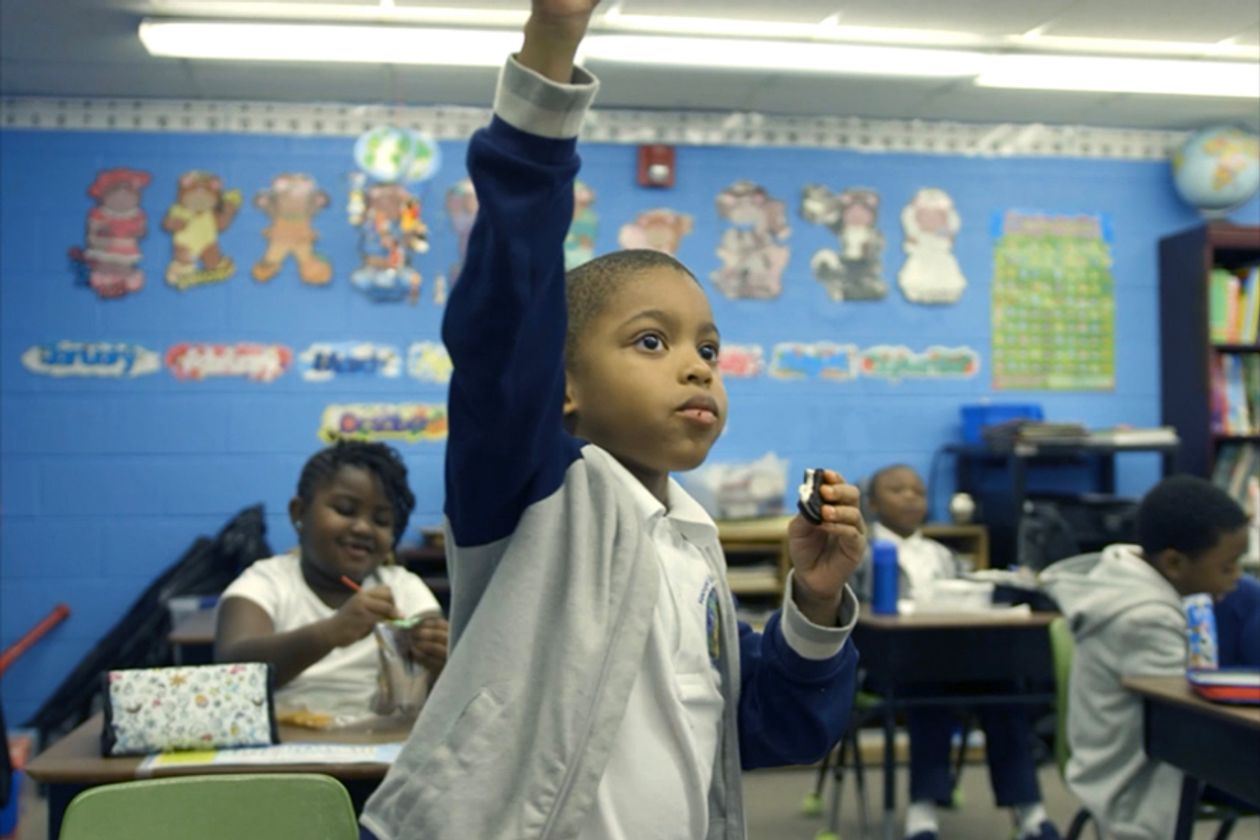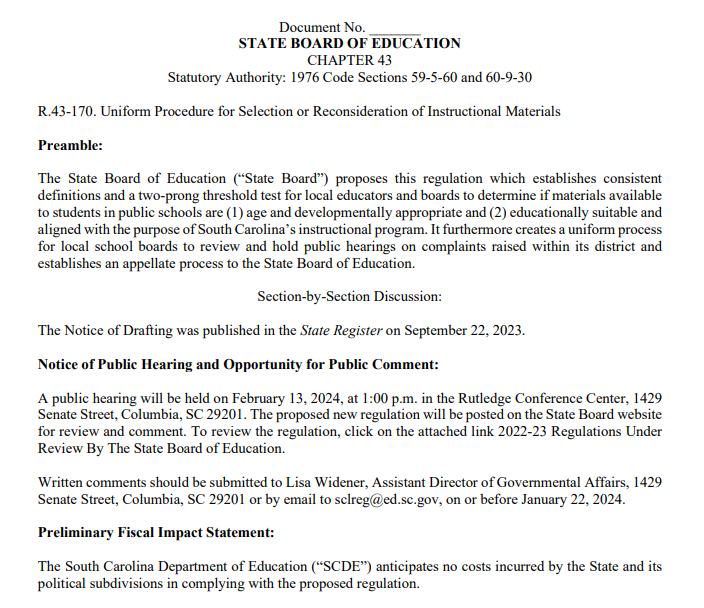education woes go beyond single allendale district

Adam Crain
Last week, State Education Superintendent Molly Spearman declared a state of emergency for Allendale County Schools – the second time since 2000 such action has been taken for the chronically under-performing district.
The legal authority for the SC Department of Education to wrest control of the district from local administrators is grounded in each year’s general appropriation bill, and the evidence that the Allendale school district is failing to prepare students for success in their next stage of life is abundant.
According to a 2016 South Carolina Department of Education report, only 15.8% of students in Allendale met academic expectations in Reading, English, Mathematics and Writing. 84.2% of Allendale students did not meet expectations on state assessments.[i]
The average composite ACT score of Allendale county students in 2016 was 12.9 – the lowest in the state and far below the national average of 20.8.[ii]
Education in Allendale can rightly be described as an “emergency.” But unfortunately, Allendale is not the only district in South Carolina struggling to provide the preparation students in the Palmetto State deserve.
There are 86 school districts in South Carolina and the average composite ACT score in 58 of them is below the state average of 18.2. Only one school district in South Carolina (York 4 with an average composite score of 21.7) exceeds the national average (20.8).[iii]
As for assessments measuring college-and-career readiness, 57.1% of all South Carolina public school students are not “meeting expectations.”[iv]
Though legally and technically, only the Allendale County School District was declared a state of emergency by Superintendent Spearman, our education woes extend far beyond the borders of one school district.
So where do we go from here? Clearly, we need a bold education agenda for South Carolina. It might start with something like this:
Accountability: In order to improve outcomes, South Carolina needs an honest, transparent assessment of student progress in order to set goals for improvement. The Every Student Succeeds Act (ESSA) requires South Carolina to adopt new accountability standards that are compliant with federal guidelines.
Earlier this year the Education Oversight Committee (EOC) sent recommendations to the General Assembly that includes clear categories of school success and gives an overall grade to schools based on student achievement, growth and other categories. The General Assembly’s late session adoption of a number of the EOC recommendations is a good starting point for increasing accountability.
Awareness: One historical hindrance to the accessing of education options already available to parents is the fact that many parents are unaware of their options.
MySCEducation fills that void. More than a website, it is an all new, one-stop shop for parents looking for education options in their area. With all the data on the schools available to them in one location, MySCeducation.org is giving parents all the information they need to make a good decision for their family.
Education Choice:
- Public School Choice: Increasing access to Charter Schools. Supporting Magnet Schools. Consolidating school districts to trim overhead costs. Allowing for open-enrollment of students across district lines. These are just a handful of public sector ideas that can improve the quality of public education while giving parents and students more outlets for improvement.
- Tax Credit Scholarships: South Carolina’s ExceptionalSC tax-credit scholarship raised $10 million for scholarships, and the cap on how much money can be raised increased by $1 million dollars for the 2017 school year. But there is still more to do. The cap needs to be raised even further to meet demand, and the program needs to be codified into law. Both ideas have support right now in the legislature.
- Education Scholarship Accounts: Students in states around the country, including in Florida and Arizona, are already benefiting from education scholarship accounts which allow them to use their state’s per capita education dollars to spend on approved education needs, from home school resources and tutors to transportation, college savings, online learning programs, private tuition and fees, and more. By allowing parents to customize their child’s education, South Carolina can open the doors of education opportunity to more children.
- Online Course Access: Harnessing the power of technology and innovation could provide one critical solution to the teacher shortage in SC. Access to the best teachers and courses should – and can – be available to every student, everywhere.
- Education Finance Reform: One of the fundamental issues holding back South Carolina’s education system is the method by which the state finances K-12 education. Funding winds through multiple, decades-old pots of money and is based on layers of arcane rules and determinations. Moreover, the funds come from multiple sources, including local, state and federal dollars. In fact, when you add up the total federal, state and local dollars spent on K-12 education in South Carolina, it is close to $18 billion! Education finance reform is desperately needed in South Carolina to align inputs (spending) with outcomes (student success).
As we’ve argued in the past, opportunity is the right of every citizen. Let’s seize that opportunity not just in Allendale, but across the Palmetto State.
[i] SC Dept. of Education: South Carolina’s Priority Schools
[ii] SC Dept. of Education: Test Scores, ACT
[iii] SC Dept. of Education: Test Scores, ACT
[iv] SC Dept. of Education: South Carolina’s Priority Schools




